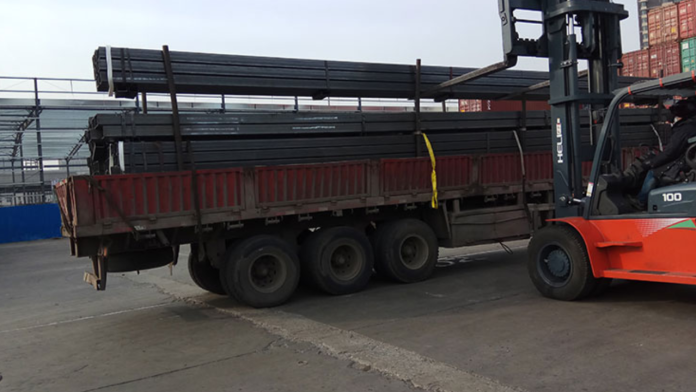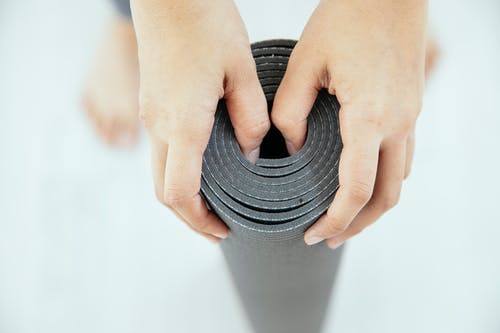For joining the pipes used for plumbing purposes, there are different fittings that are preferred. The pipes are of the same size most of the time. But sometimes, you have to join pipes that are different. That’s when special fittings come into play. They help to make everything fit together smoothly so liquids can flow without any problems.
These fittings have a very significant function; they are not merely cosmetic. They prevent leaks and maintain the strength of the plumbing system. They shield the plumbing system from leaks and keep it robust. In this manner, you always have access to gas or water when you need it. The query: What plumbing fittings are used to connect different sizes of pipes? Is going to be discussed below:
Some Common Plumbing Fittings
1. Reducers
Reducers help connect pipes that are different sizes. Just as the name says, these fittings reduce the pipe opening. Here are the two main kind of reducers:
Concentric Reducers
These fittings look the same on both sides. The centerline of the pipe ends is aligned perfectly. You’ll mostly find concentric reducers in vertical systems. For example, they’re great for pump suction lines because they allow for a smooth transition when changing pipe sizes.
Eccentric Reducers
But wait! Eccentric reducers are a bit different. They have an offset centerline. Why is this important? Well, it works well in horizontal piping systems. Maintaining either the top or bottom of the pipe at the same level is key here. These eccentric reducers help keep air or liquid from gathering at the top or bottom of the pipe. That way, everything flows just right.
2. Bushings
Bushings are a special kind of fitting. They help connect pipes that are different sizes. So, what’s the difference? Well, reducers gradually change the size of the pipe. Bushings, on the other hand, make a sharp change in diameter. They fit right into larger pipes to create a smaller opening instead.
You can find bushings in all sorts of shapes! But they’re mostly used when there isn’t much room to work with. Sometimes reducers just don’t fit the bill. Since they are threaded, you can twist them onto pipes. This helps keep everything tight & stops leaks from happening.
3. Couplings with Step-Down Fittings
Couplings are handy little plumbing parts. They help connect two pipes that are the same size. But what if you have pipes of different sizes? That’s where step-downplings come in. These special fittings have two ends that are not the same size. Means they can connect pipes that are different from each other. You often see step-down couplings in water distribution systems, especially when people want to add new pipes to an existing setup.
One great thing about step-down couplings is how flexible they are! They come in many materials like PVC, cast iron, & brass. The choice depends on what you need them for. Because they connect different pipe sizes so easily, step-down couplings become a favorite for both homes and businesses when it comes to plumbing.
4. Adapters
Adapters are handy little fittings. They help connect pipes that have different types of ends, like male and female threads. You can also find adapters that join pipes of varying sizes. They come in different shapes like male-to-female and male-to-male types. These are super important in piping systems. Often, one part might need a threaded connection, while another needs to just fit smoothly together.
When it comes to size, some adapters can make a pipe smaller or bigger. This really depends on what the system needs. You can find these useful tools made from several materials like brass, copper, or even PVC. They’re great for both home plumbing and commercial uses where you need to mix and match pipe sizes and types. So, adapters make life easier when dealing with pipes.
Connection Types of Pipe Fittings
Here are the two connection types of pipe fittings:
Butt Weld Fittings
Butt weld fittings are super common in pipe systems! They help change direction, branch off, or connect different sizes of pipes. The cool part? These fittings are welded right onto the pipe. That means you get a strong, leak-proof connection that lasts. You can find butt weld fittings in many shapes, like reducers, elbows, & tees. So, they work great for all sorts of projects.
Socket Weld Fittings
Now let’s talk about socket weld fittings. These are perfect when you want to join pipes without using any threading. They have a little socket where you stick the pipe in. Then, it’s welded all around the edge! This kind is excellent for smaller pipes because it gives you a tough and permanent connection, all without needing to mess with tricky threads or grooves. Isn’t that handy?
Ending Talk
One essential component of contemporary plumbing systems is the connection of pipes of varied diameters, and a variety of fittings are available to fulfill this requirement. Every kind of fitting, from bushings and reducers to step-down couplings and adapters, has a distinct function in guaranteeing the effective and leak-free joining of pipes with different diameters.










